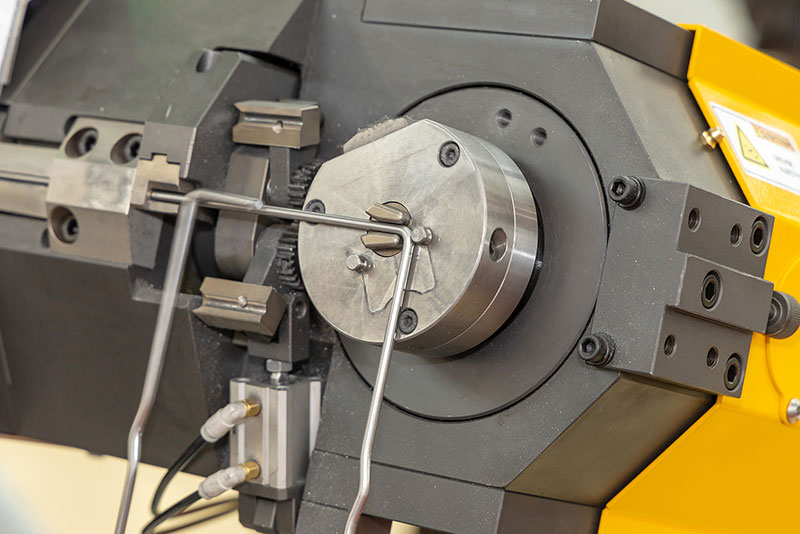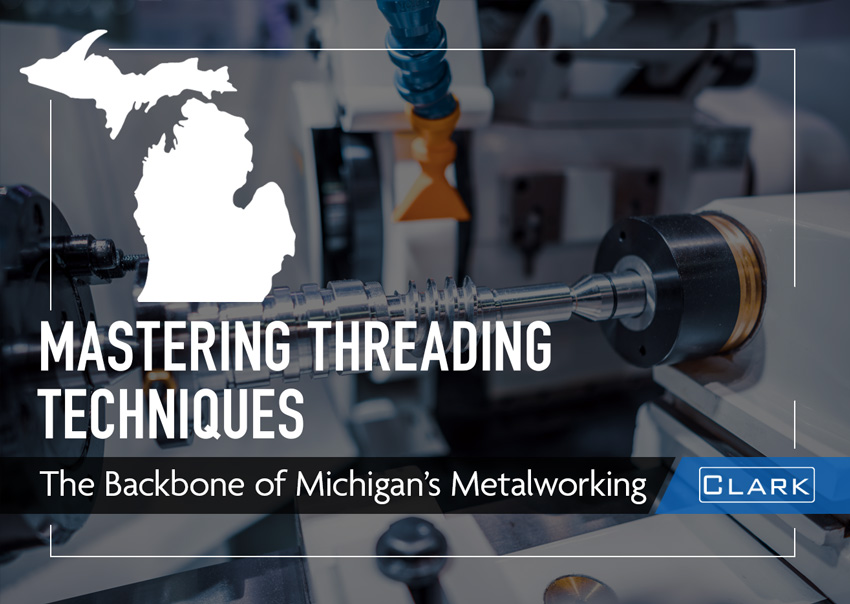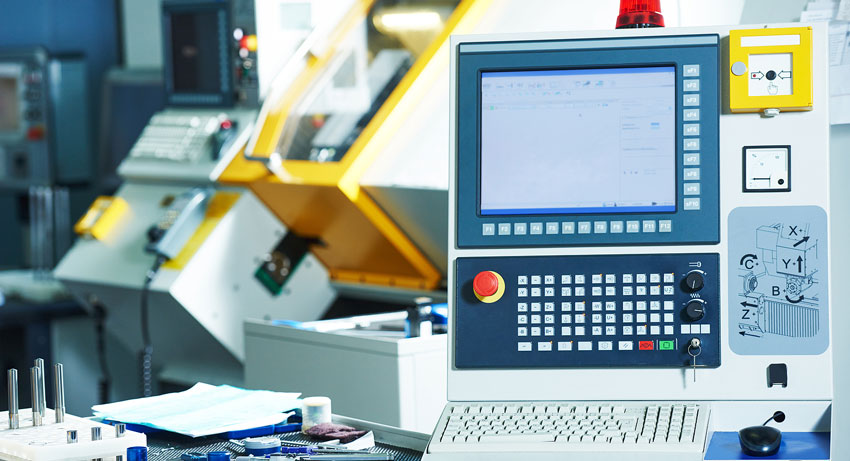Wire forming is one of the oldest manufacturing processes used around the world. We have all kinds of records of wire forming that date back to the Bronze Age when people used it to fashion jewellery and create sustainable designs.
During the Middle Ages, wiring forming continued improving and played a vital role in the Industrial Revolution from 1760 to 1840.
Interestingly, the basics of wire forming have mostly stayed the same and now help draw various manufacturing dimensions. Once these dimensions are in place, you can bend them into a proper shape.
However, the techniques, tools and materials used in these processes have changed over the years. Wire forming has become more versatile, efficient and effective with these changes.
What is Wire Forming?
Wire forming is a manufacturing method that involves converting metal wires into more useful shapes and designs. These designs provide other metal essentials such as:
- Springs
- Retaining rings
- Fasteners
- and a lot more
The wires include strands that users can turn into coils once prepared. These coils have a round cross-section and can have a flare or a square shape. You may even find these metal wires in trapezoidal and rectangular cross-sections.
There’s a variety of different diameters that you might find in the wire forming, but the largest one is 0.50 inches or 12.7 mm.
However, the ones with relatively higher diameters (between 10 mm and 100 mm) are called rods. You will also find some larger ones called the round bar stock. However, all these diameter and size differences are arbitrary, as the rods may be called wires and may be used in wire-forming methods.
How Does It Work?
Before the wire formation completes, it must go through a die to have the dimensions required by the manufacturers. There’s a die-ing tool that has a funnel-like start and ends at a narrower bottom.
The wire gets pulled out in the process, which forces the sides to shrink, reducing its diameter. However, the force needs to be calculated, or the wire may break or bend. Therefore, manufacturers must run these wires through different dies until the required diameter and dimensions are complete.
The wire forming process takes a draw wire and makes it straight after passing it through different rollers. The manufacturers also have to use tools to give the metal wire more shape.
A bent pin may be the perfect example of wire forming. There’s a tool that creates the angle needed before segmenting it. With bent pins, the wire-forming process may also use a die to punch or drill a hole in the wire and a cutting tool that chamfers the ends.
To help you better understand its working, we will talk about the manufacturing process quickly. Here’s what it includes:
Upsetting
The first step includes deforming the wire with compression towards its axial to add shape to the wire.
Extrusion
Next, the wire gets more shape, for which the manufacturers run it through an area with a narrower size than the wire’s size.
Swaging
Swaging includes two phases: shaping the wire by running it through the holders, and deforming the wire by applying the tool at the right angle towards the axial angle, also referred to as side pressing.
Bending
Next, manufacturers add more angles to the wire with manual bending. However, the manufacturers may use stamping for commercial production.
Stamping
The stamping process includes special tools called dies, which can bend the wires at particular points.
Twisting
The twisting lets manufacturers combine multiple wires and form specific shapes to take advantage of the spring-back shapes created.
Stretching
Once all these steps are complete, the wires are stretched and thinned out using opposing force. However, it’s notable that the wire is only elongated along a particular plain. Excessive stretching can destroy the wire’s design and cause necking. It is when the thinning becomes focused on one particular point, weakening the wire structure.
Types of Wire Forming Process
Wire forming is a complicated process and requires a lot of care. In this regard, the manufacturing process differences can help us categorize better.
Manual Wire Forming
Manual wire forming is a classic and effective method in which the wires are done by hand. In most cases, the manual formation doesn’t require using hands. However, there are hand levers and geared tools that may help.
Coil Wire Forming
This manufacturing type is used for making wire coils and involves a metal blank, after which the wires are cut down. There’s a variety of spring types that may be used in this regard; these include:
- Torsional
- Extension
- Compression springs
- And a lot more.
· Fourslide Wire Forming
The four-slide wire forming uses stamping machines with multiple sides. This apparatus or machine is called the “four-slide machine” because there are four slides in a square. However, these machines may have other sides for feeding, making the machines more efficient.
These machines are best for industrial applications and can provide better quality results than manual wire forming.
· CNC Wire Forming
The CNC wire forming is a more advanced approach as it includes a computer-controlled wire bending tool that can produce three and two-dimensional wire designs. However, other CNC machines can have other uses that they can carry out pretty quickly, which the four sliding machines don’t.
Additionally, the manufacturers can set the cameras or the tools like in the four sliding machine wire forming. Therefore, CNC wire forming is more pocket-friendly and effective in the long run.
Uses of Wire Forming
One can choose from different varieties and variations of the wire-forming process. These uses vary for each industry, but we have listed the most common ones below:
- Shipping
- Medical equipment
- handling
- Food production
- Automobile production
- And a lot more.
Wire forming is a popular manufacturing process used in various industries. It helps use wires and turns them into different lengths, sizes and diameters (depending on how it’s needed).
Wire forming is the perfect option for small-scale and mass-industrial applications. With the right wire-forming results, the products are used in medical equipment, food production, handling and shipment, and much more.










